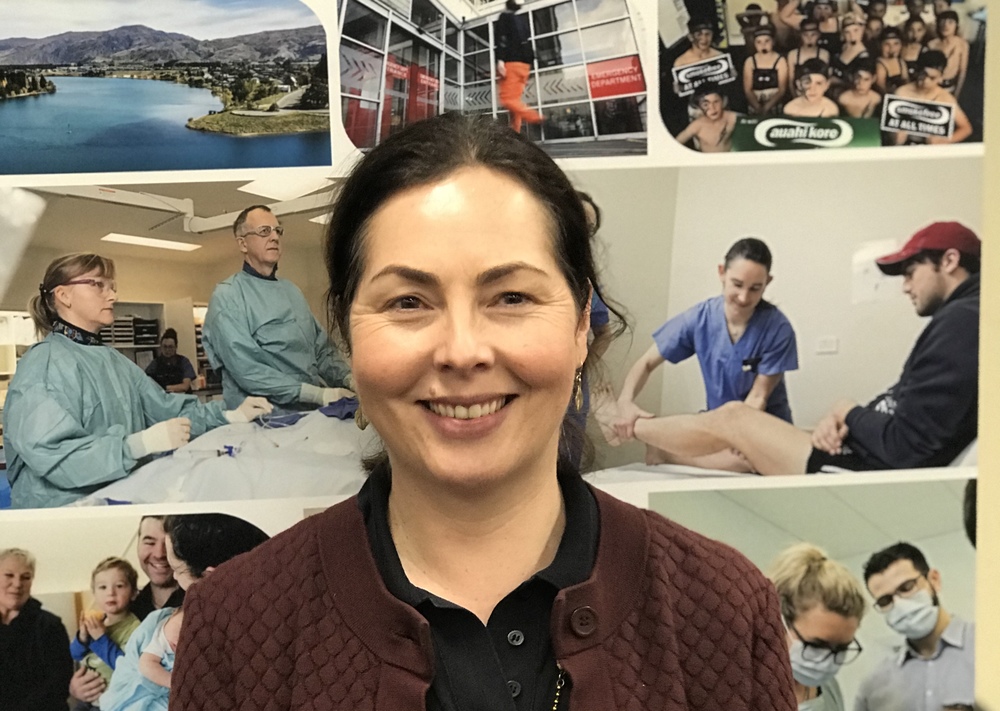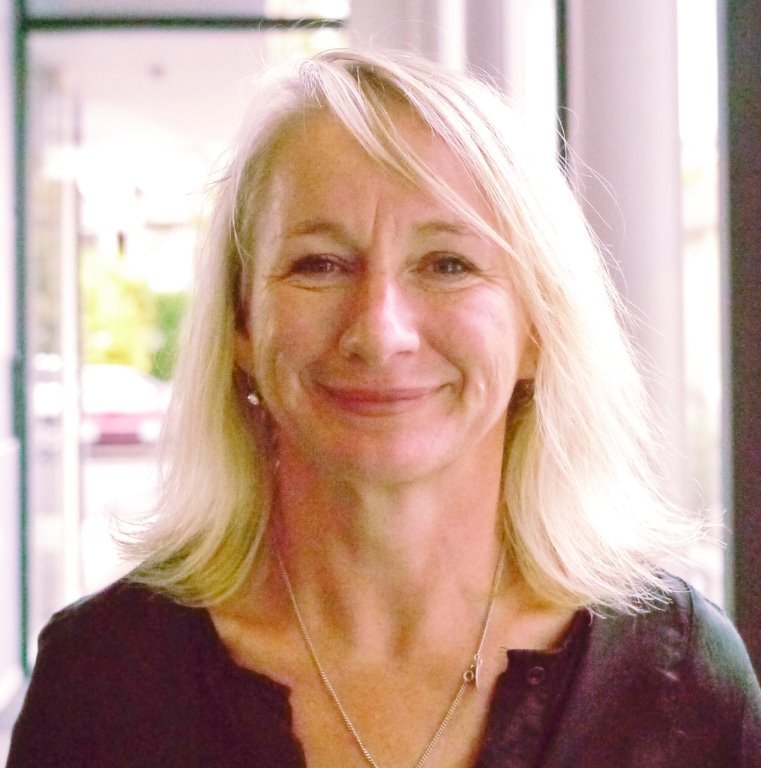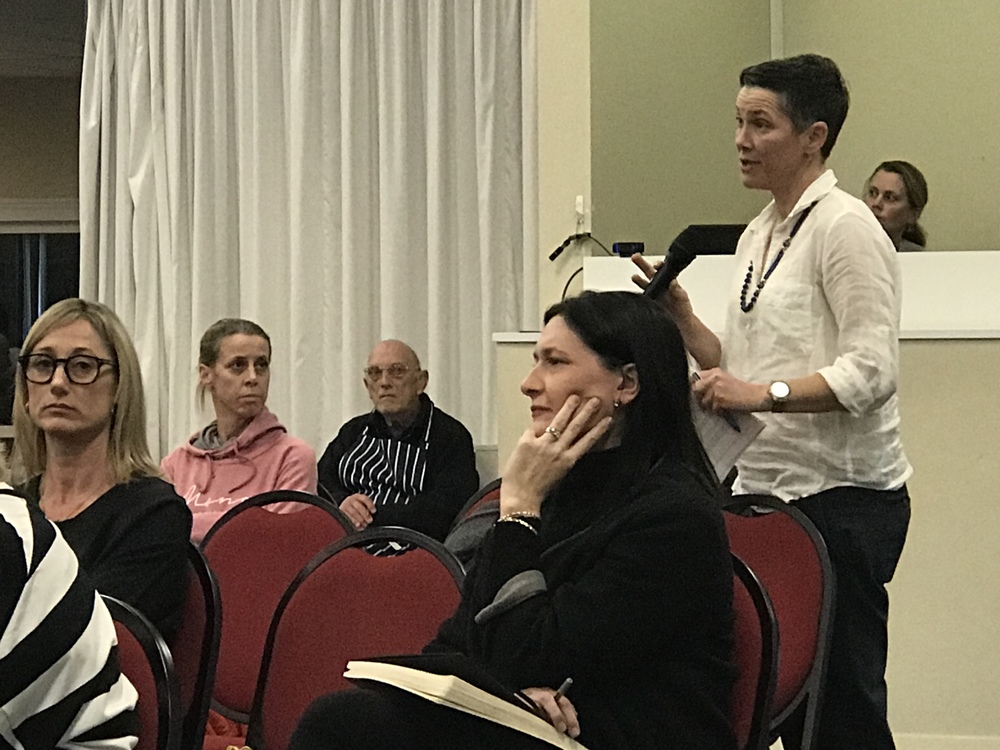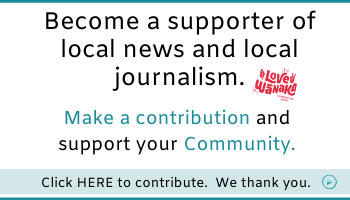End in sight to ‘long pregnancy’
Sue Wards
25 July 2020, 6:00 PM
 Wherever a primary birthing unit is located, the SDHB said it must be well utilised by the community. PHOTO: Supplied
Wherever a primary birthing unit is located, the SDHB said it must be well utilised by the community. PHOTO: Supplied“It’s been a long pregnancy. I’m looking forward to them making a decision,” Wanaka midwife Emma Bilous said after the Southern District Health Board (SDHB) maternity consultation meeting on Thursday (July 23).
The SDHB hosted the meeting to discuss its options paper on where primary maternity facilities should be located in Central Otago/Wanaka.
Emma, who has practiced as a midwife in Wanaka since 1997 and is now lecturer/student practice facilitator at the Central Otago satellite site for the Otago Polytechnic, pointed out that Wanaka reached the milestone of 100 births in a year way back in 2003.
“Those babies can be having their own babies now. We do need something to happen,” she said.
Wanaka women face an hour’s drive to the nearest primary birthing unit (Charlotte Jean Maternity Hospital in Alexandra) or a three and a half hour drive to Dunedin Hospital.

SDHB primary and population health general manager Mary Cleary Lyons PHOTO: Wanaka App
Four options have been identified following public consultation facilitated by the SDHB and the Central Lakes Locality Network.
Option one: A single new facility at Cromwell, decommission Charlotte Jean Maternity. Have maternal and child hubs in Wanaka, Alexandra and Ranfurly, and emergency birthing facilities in Lawrence.
Option two: A single new primary birthing unit in Clyde at Dunstan Hospital. Decommission Charlotte Jean, and have maternal and child hubs in Wanaka and Ranfurly and emergency birthing facilities in Lawrence.

“We do need something to happen,” Wanaka midwife Emma Bilous said. PHOTO: Supplied
Option three: A new primary birthing unit in Wanaka; retain Charlotte Jean. Have maternal and child hubs in Ranfurly and Cromwell, and emergency birthing facilities in Lawrence.
Option four: Locate a new primary birthing unit in Wanaka; co-locate Charlotte Jean with Dunstan Hospital in Clyde. Have maternal and child hubs in Ranfurly and Cromwell, and emergency birthing facilities in Lawrence.
A primary birthing unit is equipped for supporting healthy women with no medical complications through labour, birth, and inpatient postnatal care. Primary maternity facilities have onsite or on-call midwifery support in addition to the woman’s chosen midwife.

Wanaka midwife Morgan Weathington speaks at Thursday’s meeting. PHOTO: Wanaka App
Iona Bently, a member of the Save Our Wanaka Midwives group, said the group had been advocating for a primary birthing unit in Wanaka for a long time, and either option three or four “has got to be the best answer”.
Midwife Vanessa Logan said only options three and four change the status quo, “put women at the centre”, and draw on other professional staff.
SDHB primary and population health general manager Mary Cleary Lyons and SDHB chief executive Chris Fleming said there would be trade-offs with all four of the identified options.
The SDHB would also need to balance people’s perception of safety with evidence, they said.
For example, during consultation many people had signalled the need for a primary birthing unit to be co-located with other health services, with access to a helipad.
However, midwife Jan Scherp said she had been practicing in the region for 12 years and in that time had only organised two helicopter transfers. “The need to consider the proximity to a heli-pad should be quite low,” she said.
But Mary said this was the situation women “dread”.
“The perception of the consumer is different to the perception of the health professional… Perception of safety is a huge issue across all health services. It is a complex discussion,” she said, adding that people would be informed about the evidence on safety and quality.
In the next step of consultation, people will be asked to rank decision making criteria, such as travel times, co-location with other health services, 24/7 support, level of midwifery staffing, safety and quality, sustainability, and affordability.
A key factor of “value for money” would be choosing an option which will be utilised by women and their families, Mary said.
Whatever option is chosen, it won’t change the fact women in this region will only be able to access secondary and tertiary maternity services (such as epidurals, and C-sections) at Dunedin Hospital, Mary said.
It was also clear there is no shortage of midwives in this region, although few are practicing because of inadequate funding and demanding conditions.
“If you change the environment, you will be inundated by midwives coming out of the hills,” one midwife said.
SDHB acting midwifery director Heather LaDell said: “I have no doubt we could staff [a primary birthing unit]. I think the questions are more about efficiencies and costs.”
Chris Fleming said the decision would also have to take account of what health services this region will need by 2040. He said ongoing funding will be “a challenge” the SDHB must find a solution for. The health system review signalled by central government will include a review of population based health funding.
The SDHB has committed to making a decision in October. An online consultation form is still available until August 22, and Mary is available for phone calls, emails and meetings.



